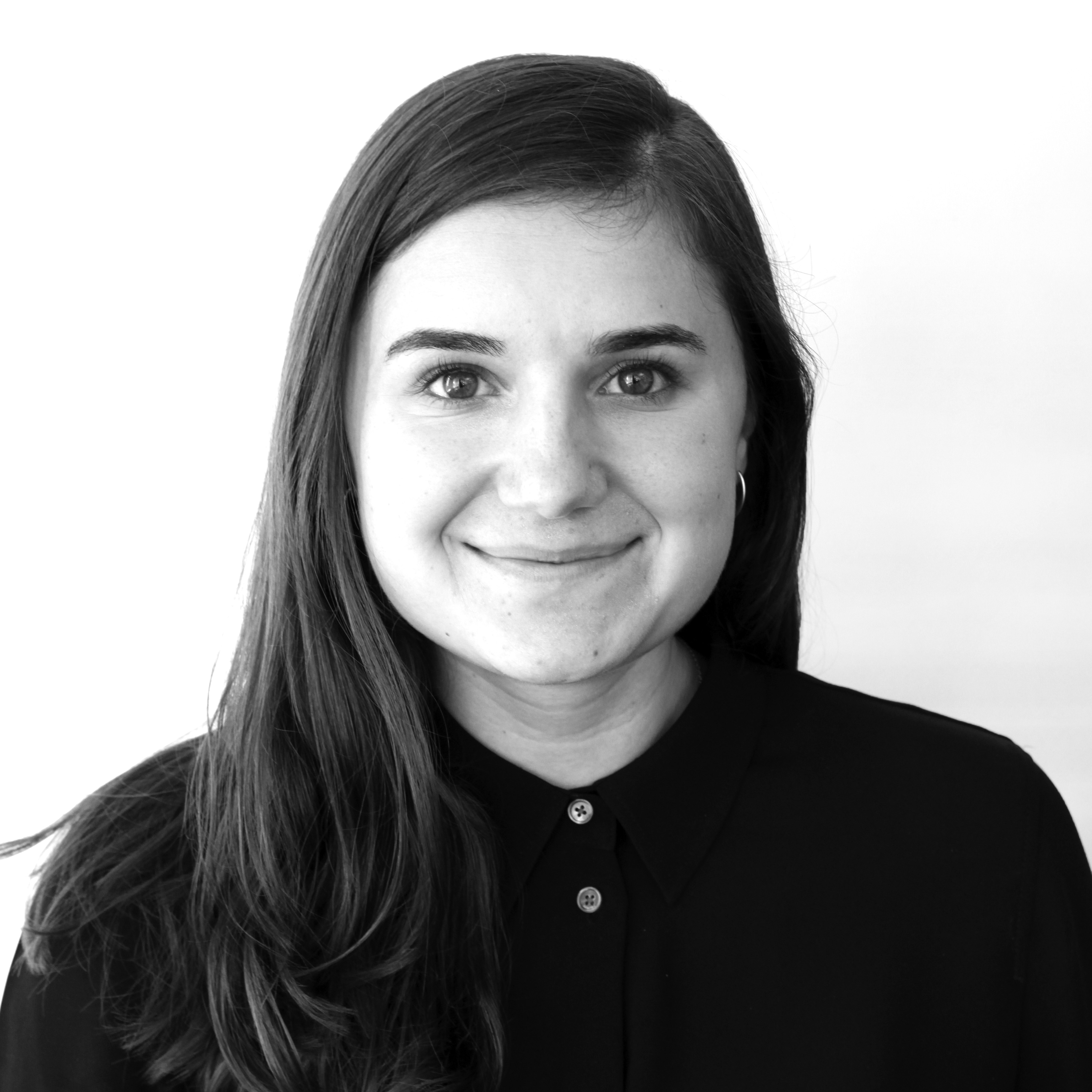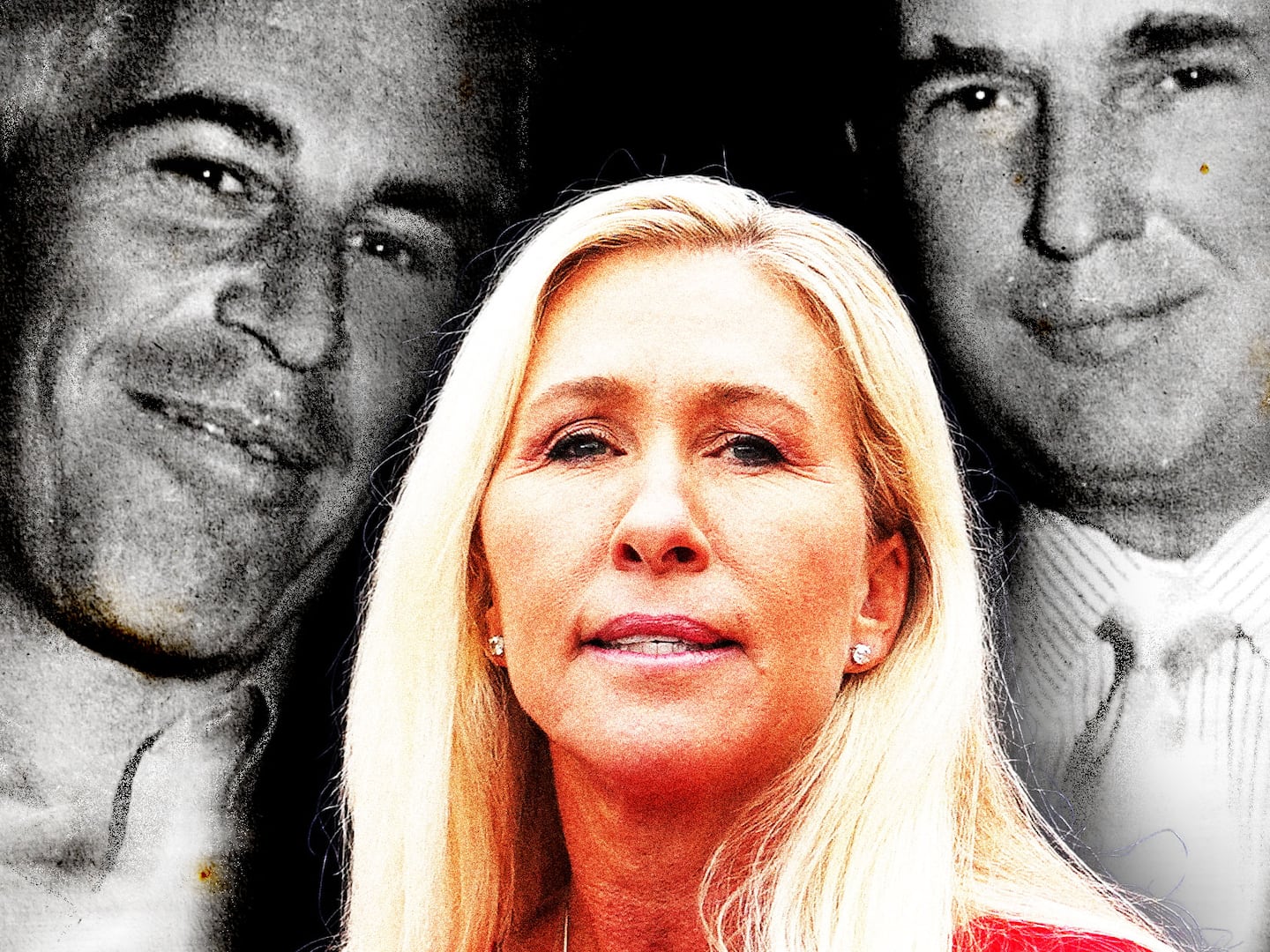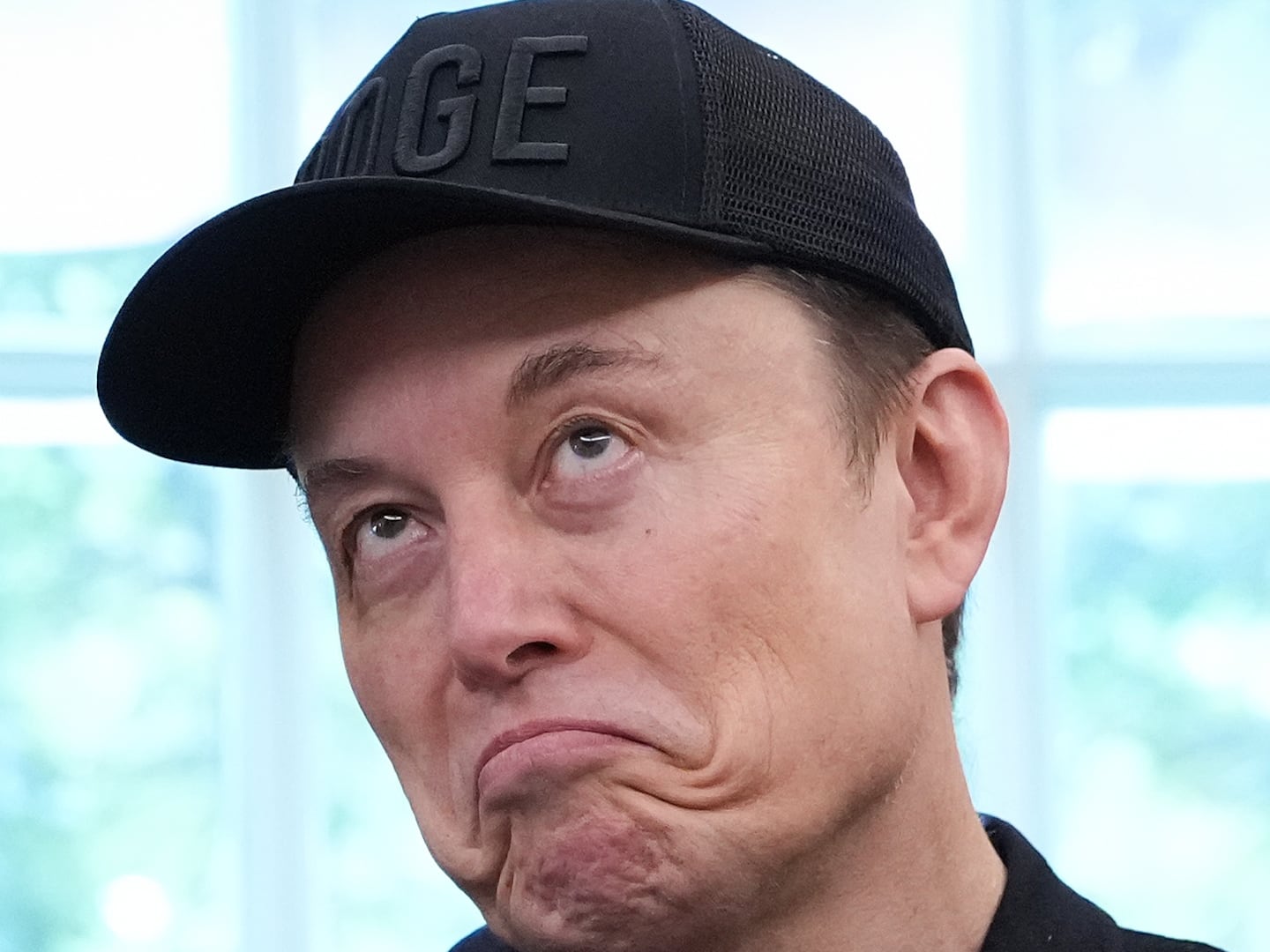“It’s not about the story, it’s about the conversation it starts,” Kat (Aisha Dee), the social media editor at a lifestyle magazine called Scarlet, declares in the Season 2 premiere of The Bold Type. She is seated at a board meeting with the top dogs of the magazine’s publishing company: a twenty-something black woman addressing a table of old white men in suits. The committee seems impressed with her insight, and even more impressed with her candor (or maybe her gall). She leaves the meeting feeling heroic.
Kat’s monologue in the boardroom doesn’t really make any sense—it has something to do with a tweet about a man who self-identifies as a unicorn—but we get the idea. She’s a millennial. She has a girlfriend (a fact that she smugly mentions during the meeting). She understands Twitter. She should be the one conducting the discussion of Scarlet’s brand strategy, not those stuffy board members. This is the general feeling you might get watching the show: a warming sense of millennial female empowerment tempered by the knowledge that there’s no real logic behind it. But maybe, as Kat notes, it’s not about the story, which can tend toward the feel-good and the soapy and the addictive, but rather about the ways in which the show updates its formulas—the places it chooses to push the envelope.
The series centers around Kat and her two best friends, goofy-winsome Sutton (Meghann Fahy) and earnest-optimistic Jane (Katie Stevens), as they navigate love and careers and (of course) sex in the big city. If you’re feeling reductive, you could call it a New York City rom-com for millennials—less gritty than Girls, and less witty than Sex and the City, but less melodramatic than Gossip Girl, and more bent on being progressive than all three combined. But perhaps the show’s most striking deviation from these forerunners is its favoring of the women’s professional lives over their romantic ones. With each episode, Jane, Sutton, and Kat are compelled to negotiate their ambition—an endlessly exuberant drive toward career success—with a fierce commitment to staying true to themselves. The series is, ultimately, more of a coming of age than a romantic comedy, as each of the young women’s corrected missteps serves as an emboldening prod onward and upward.
Often there to catch their fall and guide them back on track is Jacqueline (Melora Hardin), Scarlet’s savvy, sympathetic Editor-in-Chief. Her character represents one of the show’s most radical departures from formula: the role of compassionate lady boss is still a startling one in a TV drama landscape where many such female authorities are written to be warped by envy or discontent or straight-up iciness. Of course, once you begin to clock in the time that Jacqueline dedicates to serving as the threesome’s advice-giver and mother hen it’s hard to believe she gets any work done at all. But realism isn’t the goal here, and it’s rewarding to watch such an animated display of woman-on-woman mentorship, cutesy and calculated as it may be. In the first episodes of Season 2, we see an aspirational sparkle light up Jacqueline’s own eye—a clue that our instructive matriarch may undergo her own professional arc in episodes to come.
Through all of Season 1, the three best friends work together under Jacqueline: Kat in social media, Sutton in fashion, and Jane in editorial. But Season 2 opens with the trio divided after Jane—of the three, Scarlet’s greatest champion and devotee—decides to accept a job at “gonzo journalism” outlet Incite, full of impassive hipsters and based in (gasp!) Brooklyn. It’s the Vice to Scarlet’s Cosmopolitan, and its incongruity with Jane’s voice is poised to produce a host of complications. (Her way of adapting to the brand is to don a red flannel and horn-rimmed glasses.)
The second season’s first two episodes also find the show dealing with race more directly than it did over the entirety of its first. Though Kat is biracial and the show’s principal male character (a Scarlet writer played by Matt Ward) is black, discussions of race were left largely out of Season 1—even despite a rather complex consideration of Muslim identity via Kat’s girlfriend Adena (Nikohl Boosheri). So far, Kat’s reckoning with her racial upbringing has felt like a natural, welcome addition to the plot, especially with Adena by her side to urge her on.
It’s worth noting that, at the moment, Kat is the only one of the three with a real romantic partner, and it’s startling how refreshing it feels to watch a girly gab session center around one of the women going down on her girlfriend for the first time. Of course, it’s clear that the season will introduce more romantic subplots as it unfolds. “I do not envy any of you having to navigate dating in this climate,” Jacqueline remarks to a meeting full of young Scarlet writers before introducing that month’s feature: a series of profiles of young male “allies” (firemen, doctors, and other assorted sympathizers of the feminist cause). In a series this obsessed with progressive social politics, its engagement with #MeToo will most likely be as inconspicuous as a peacock-feathered mini-skirt.
On its glossy surface, there may be nothing especially bold about The Bold Type. It’s hyper-feminine and ludicrously predictable—a combination that often predestines a TV show (or any type of content) to be written off with an eye-roll. But the show wears its bubbliness with pride, strutting the line between iconoclastic and feel-good without missing a step.
The Bold Type Season 2 premieres Tuesday at 8 PM on Freeform.






